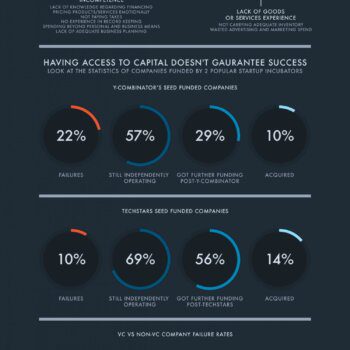The USA is the leading foreign investor in Pakistan’s real estate market, according to new data from global property portal Lamudi. The USA tops the list of leading foreign investors in the South Asian country’s property sector, followed by Saudi Arabia, the United Arab Emirates, the United Kingdom and Canada.
Pakistan’s real estate sector is currently seeing increasing interest from foreign investors, Lamudi onsite data shows. Despite political protests in August last year dealing a blow to the country’s economic outlook, the real estate market has since rebounded. The property sector is now poised for growth in 2015, leading to improved investor confidence.
Saad Arshed, Country Director of Lamudi Pakistan, said: “In recent months, we have seen renewed interest from overseas investors inquiring through our website. This comes after the economy has shown signs of recovery in the wake of last year’s political sit-ins, and with it the real estate sector has also rebounded.
Our onsite data shows that the USA is the leading foreign investor in Pakistan’s real estate market, with the highest number of overseas views and leads coming from the country. Foreign investors and overseas Pakistanis based in Saudi Arabia, the United Arab Emirates, the United Kingdom and Canada are also showing increasing interest in Pakistan’s buoyant property sector.”
Stagnant prices coupled with uncertainty regarding the political sit-ins in Islamabad had an adverse impact on Pakistan’s property market last year. However, the market has since recovered, with prices stabilising and even increasing in some areas of the country’s capital in the second half of the year. The strongest price growth in Islamabad during Q3 2014 was registered in E-11/3 (7 percent), B-17 (4.5 percent) and DHA (4.4 percent). Property market growth has been stronger in key cities including Lahore and Karachi.
At the same time, the country’s economic outlook has also improved. The International Monetary Fund recently raised its gross domestic product (GDP) growth forecast for Pakistan to 4.7 per cent for the 2015-16 financial year. The government is now confident of reaching its 5.1 per cent GDP growth target for 2014-15.
Foreign direct investment in Pakistan has declined in recent years, from $US 5.4 billion at its peak in 2008 to $1.46 billion in 2013. The current government is seeking to reverse this decline by courting international investors through its Board of Investment.
Pakistan has one of the most liberal foreign investment regimes in South Asia, with investors offered incentives such as tax exemptions and reduced tariffs. “As the real estate market continues its recovery, we predict that these factors will help further spark the interest of foreign investors in Pakistan’s most promising investment sector,” Arshed said.
Top investing countries
1. USA
2. Saudi Arabia
3. United Arab Emirates
4. United Kingdom
5. Canada





























